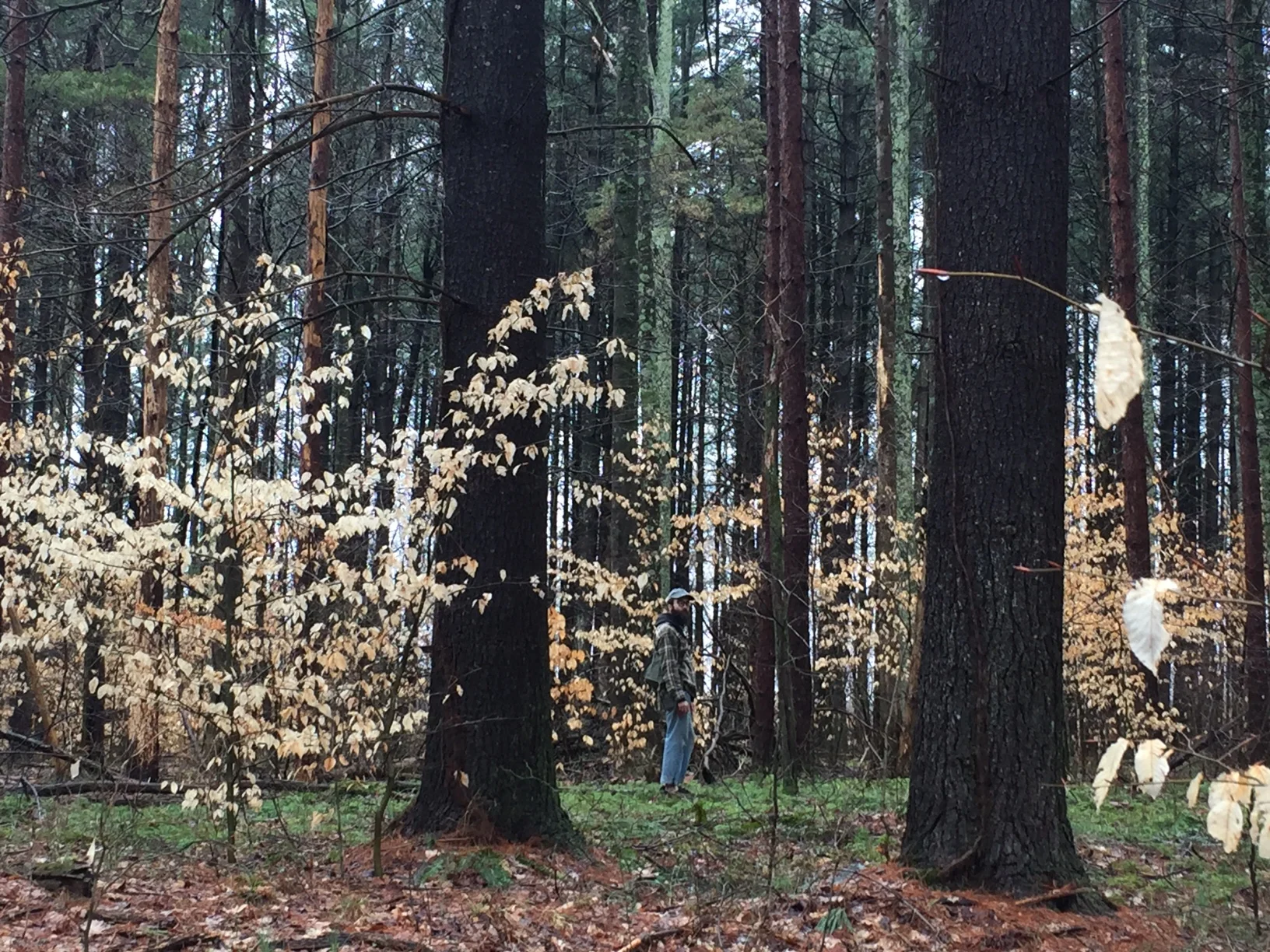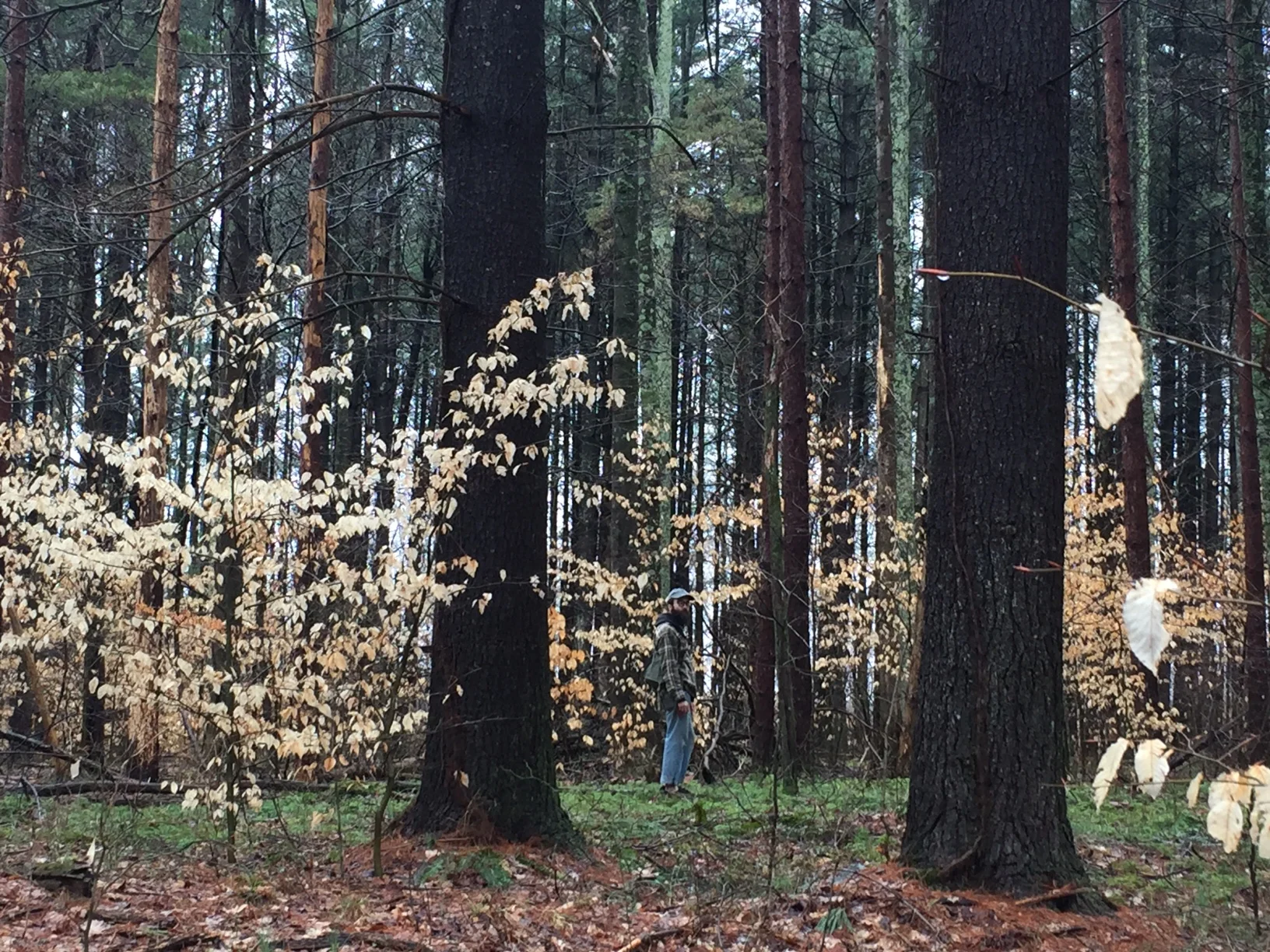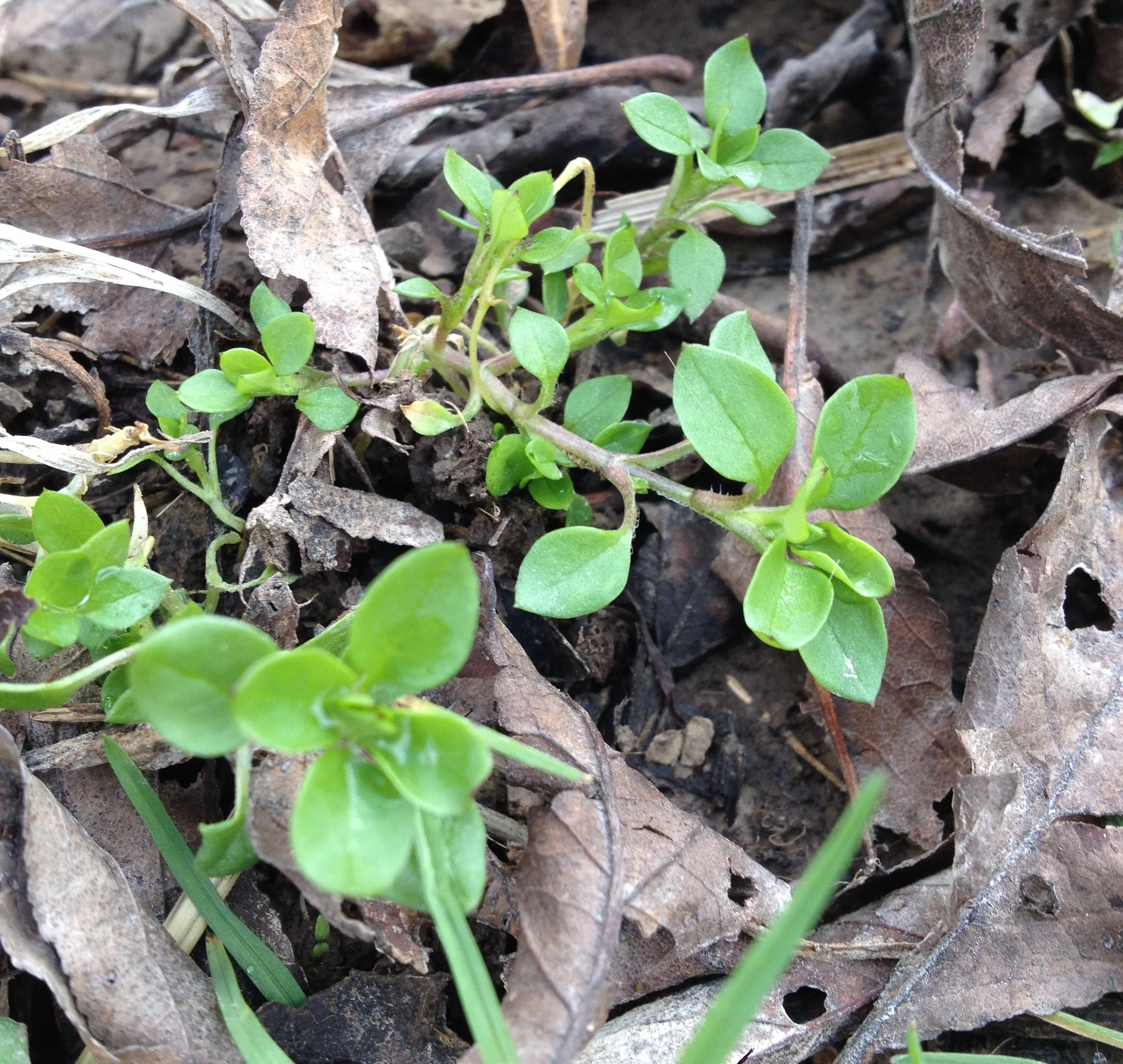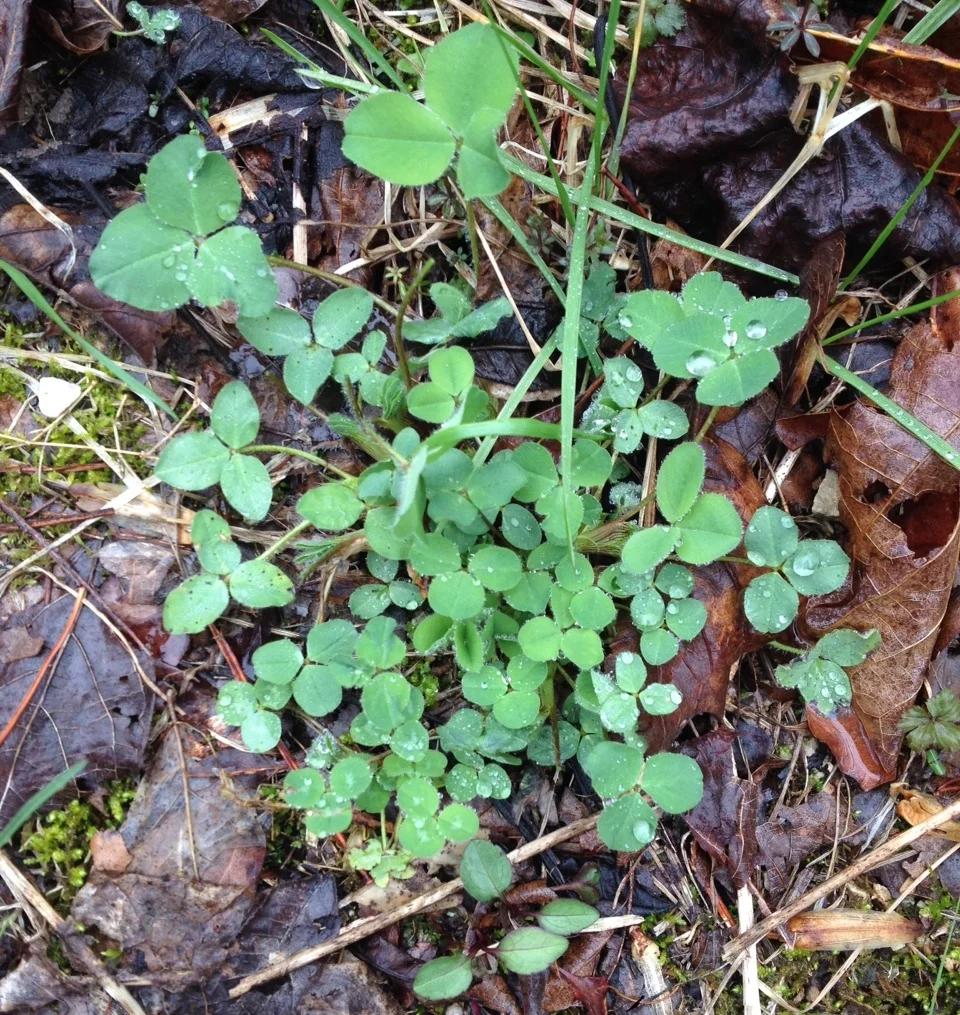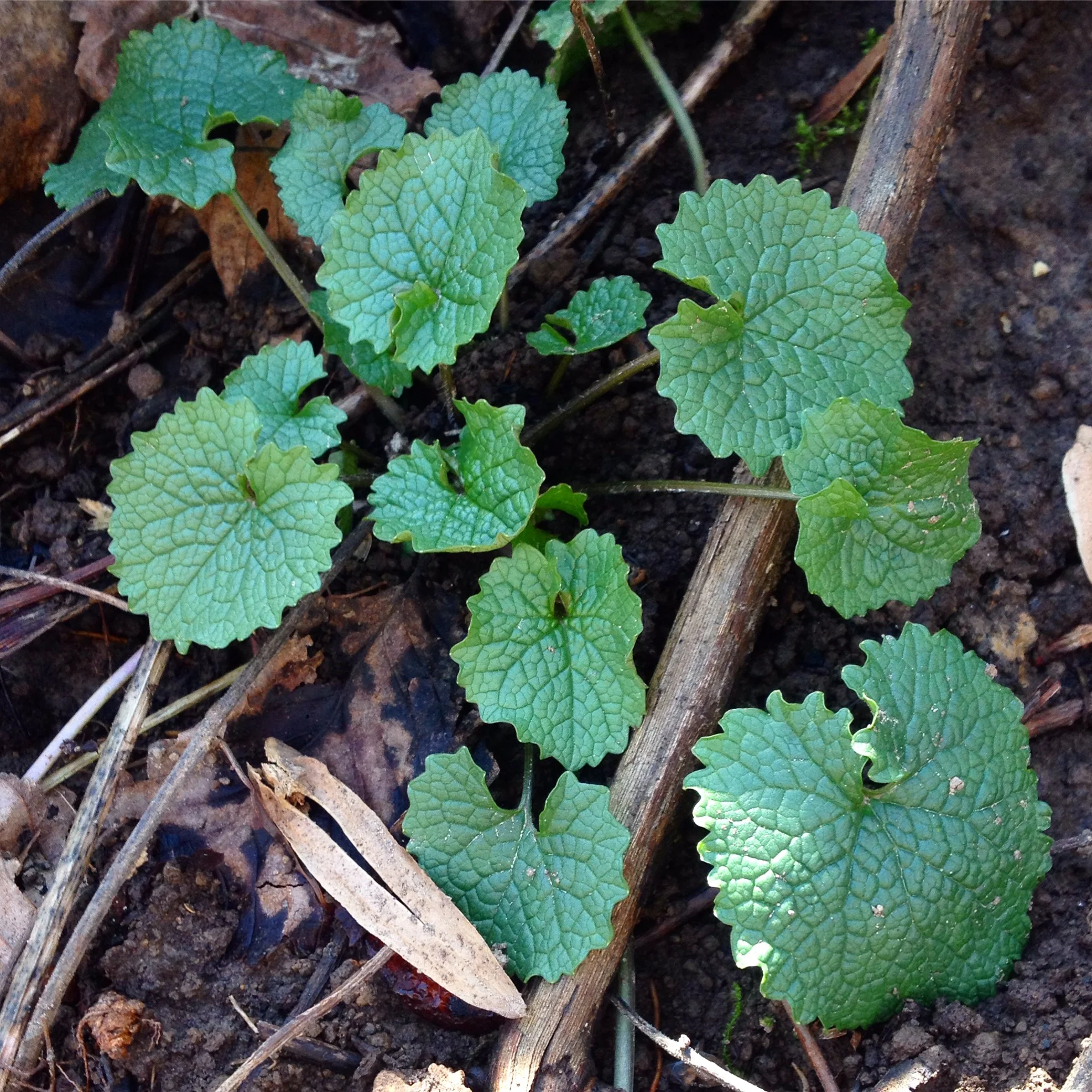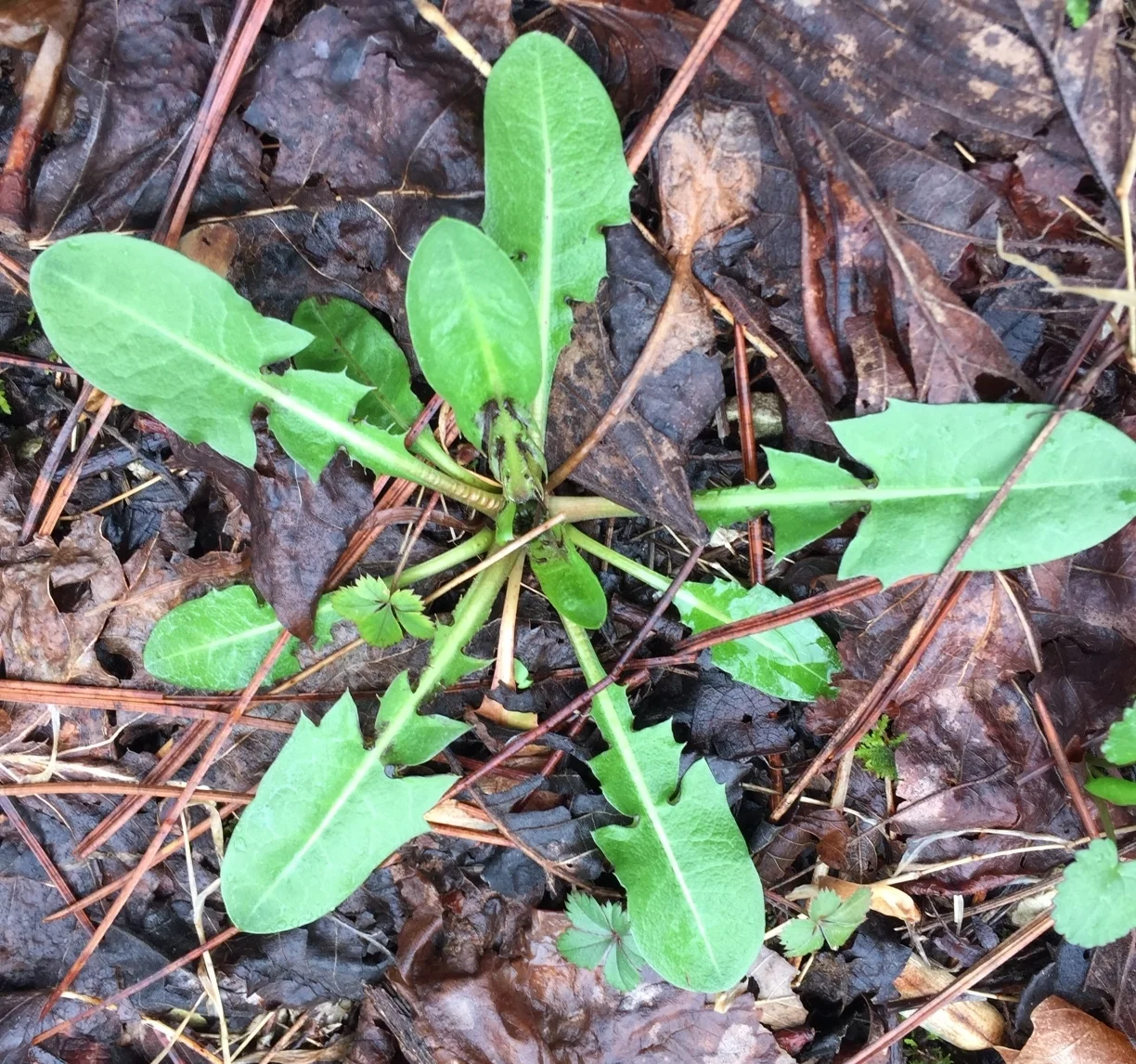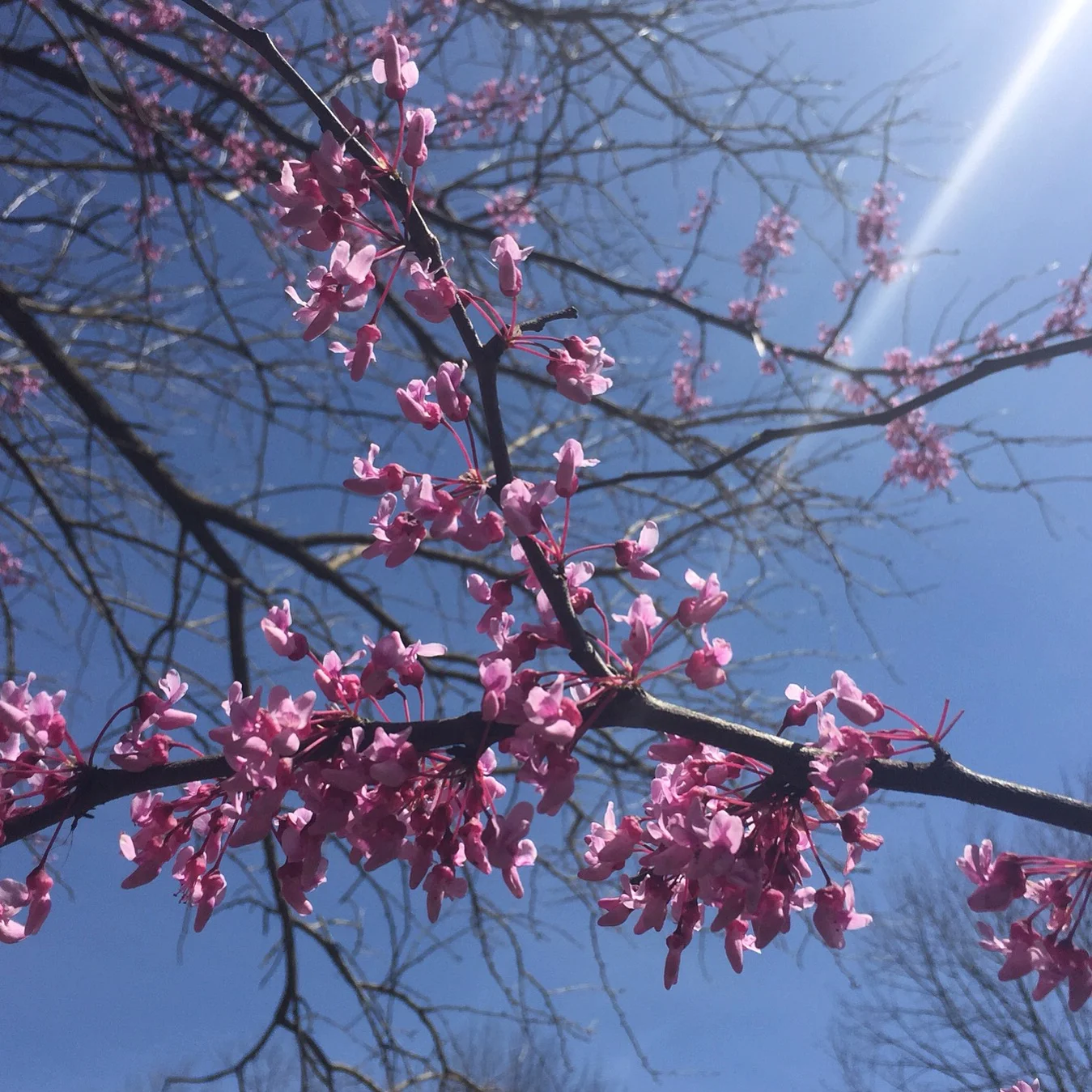Foraging in Early Spring: Wild Edible Plants to Gather Now
Early spring is the best time of year to start learning how to forage for wild edible plants.
This is when some of the most delicious, nutrient-dense tender greens make their first appearances on the landscape. They won't look like much to the untrained eye, but once you know what to search for, you'll discover a mouth-watering wild salad bar waiting at your feet.
Some of these wild foods will be too bitter for many people later in the season, but right now (or soon!) you can catch them while they're still young and sweet.
(Personally, I have grown to love the bitter bite of greens like dandelion and garlic mustard - it's an acquired taste, but with time your tongue will come to recognize the correlation between bitterness and nutrient density.)
To prove how easy it is to construct your own wild salad in early spring, I've put together a rundown of all the wild edible plants I spotted - with little effort - on a single afternoon in late March. I'm located in southern Indiana (on the border of zones 5 and 6), so adjust your timing accordingly.
Every plant we'll cover here is ubiquitous across North America. Several of them are considered "invasive", so not only will you not harm the environment by harvesting them - you'll actually be doing your local landscape a favor!
Chickweed
Common chickweed (Stellaria media) is one of the first green plants to appear as winter turns to spring. In fact, if winters are mild enough where you live, it might not ever die back in the fall.
Chickweed makes an excellent base for a salad thanks to its mild flavor and three-dimensionality. (Is that a word?) It's also orders of magnitude more nutritious than cultivated lettuce.
Chickweed likes places that are cool and damp, and will usually germinate in just about any recently disturbed soil. This makes it very common in gardens as well as on the edges of trails in wooded spaces. Learn more about chickweed here.
Hairy Bittercress
Bittercress (Cardamine hirsuta) may not look like much, but it packs a peppery kick that's tough to beat this time of year.
As a cousin of our cultivated brassicas, the flavor is reminiscent of mustard greens, so I would advise treating it as such in your dishes - I find it best as a garnish.
Bittercress will pop up in all the same places you might find chickweed, but generally germinates just a little later. It will quickly flower and go to seed, but those flowers and seed pods are pretty tasty, too! Learn more about hairy bittercress here.
Clover
Here's one you've likely overlooked your whole life - all species of clover (Trifolium spp.) are edible, across the board.
The most common clovers you're likely to encounter are white clover (T. repens) and red clover (T. pratense), but there's no need to worry about which one you've got in front of you. These two species are widely distributed due to their cultivation as livestock fodder.
Clovers have a tendency to get pretty tough and stringy as they mature, but this time of year they will be exceptionally tender and sweet. Channel your inner grazer and chaw on some clover today!
Want to learn more about botany, ecology, and tending the wild? Check out my online course, Foraging North America! Click here to find out more and sign up today!
Garlic Mustard
As an exotic invasive, garlic mustard (Alliaria petiolata) gets no love in North America - it has a reputation for obliterating native woodland species and replacing them with its own wild monocrop.
As for edibility, I consider it a gourmet superfood - as did our European forefathers who brought it over with them from the Old World. It may be an acquired taste unless you're a garlic fanatic like me. (It's not actually related to the alliums - it's a member of the Brassicaceae family with a flavor reminiscent of roasted garlic.)
Garlic mustard loves disturbed soil on the edges of woodlands. It's a very common weed to spot along hiking trails, and I find it to be incredibly satiating when my tummy starts grumbling in the woods. Learn more about garlic mustard here.
Field Garlic
Here's another one you've probably skipped over your entire life, instead opting for subpar conventional cultivated garlic from the supermarket. It's a shame more people don't know how tasty field garlic (Allium vineale) really is!
Like garlic mustard, field garlic is an invasive species with a less-than-stellar reputation. It's nearly impossible to eradicate, but it really doesn't do much that would warrant a war against it.
Many people find the bulbs to be unpalatable (I like them!), but nobody can deny how delicious the greens are, especially in early spring when they're at their sweetest and most tender.
Use field garlic greens the same way you'd use chives. Once you realize how great they are, you'll be tossing them on top of everything you eat! Learn more about field garlic here.
Dandelion
Last but not least, the mighty dandelion (Taraxacum spp., usually T. officinale) is at its best in early spring, before it has had the chance to become unpalatably bitter.
You might know it better by its bright yellow flowers or wispy white seed heads, but its early spring greens are quite distinctive, too. Just look out for those uniquely toothy edges, from which the dandelion draws its name (French: dent-de-lion, "lion's tooth".)
The entire dandelion plant is edible, from flower to leaf to root. In fact, the root - especially when roasted - makes a delicious herbal tea with potent medicinal properties. It's great for an upset stomach or indigestion. Early spring is a great time to harvest dandelion roots, before they've transferred all of their stored sugary energy up into new vegetative growth.
Learn more about dandelions and edible cousins here.
What Else?
This is really just a teeny, tiny sampling of what's out there waiting to be gathered in early spring. The diligent forager might also encounter ramps (wild leeks), stinging nettle, plantain, greenbriar and blackberry shoots, oyster mushrooms, morels, and so much more.
Diving into the wonderful world of wild foods can be intimidating, especially if you don't have much experience working with plants.
That's why I wrote Introduction to Foraging: A Beginner's Guide to Gathering Wild Foods with Confidence.
The book was written with the absolute beginner in mind, and with the goal of getting you out into the world gathering wild foods right away.
Introduction to Foraging goes into much greater detail on chickweed, garlic mustard, bittercress, and field garlic, as well as several other wild plants that are very common and very easy to identify.
To learn everything you need to know to begin foraging safely, sustainably, and confidently, check out my book here. Happy hunting!
